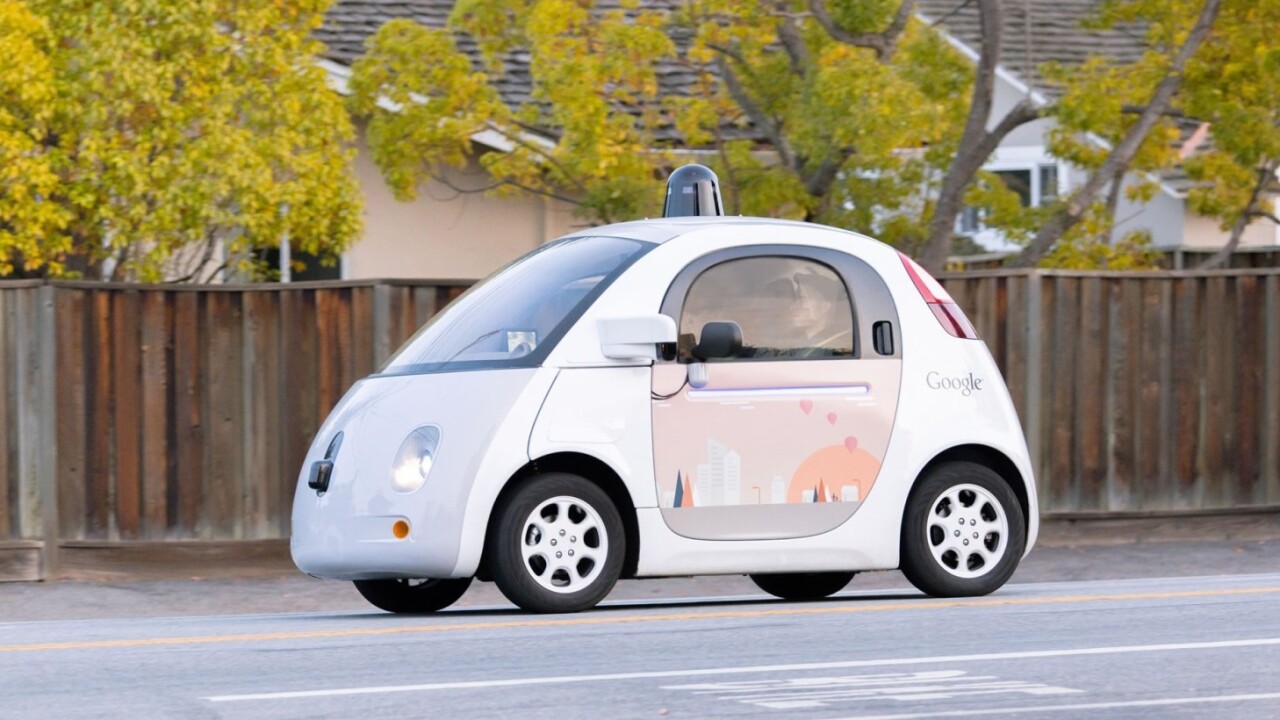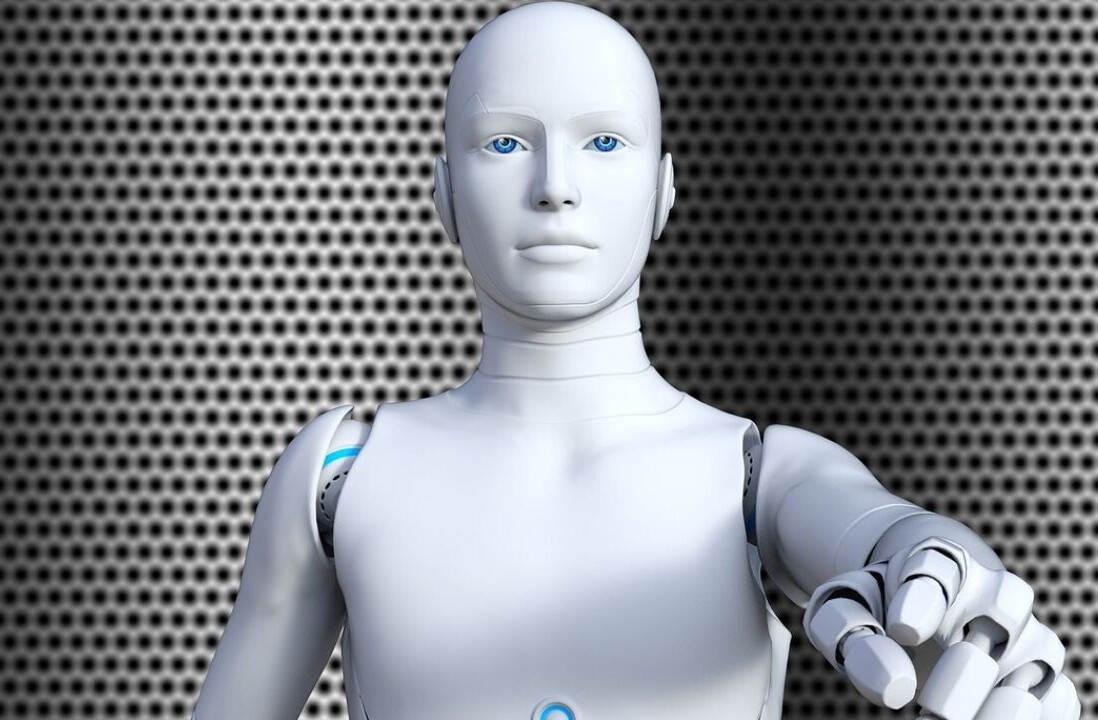Google recently reached a huge milestone by logging its two millionth autonomous mile. For context, two million miles is the equivalent of 300 years of human driving, not exactly insignificant.
Driving the first million miles took Google six years. The next million, just 16 months. As the regulatory environment continues to warm to the idea of putting driverless cars on city streets and highways, the miles are going to accumulate even faster. That’s a good thing for autonomous car-watchers everywhere.
The first 90 percent of driving, according to self-driving software lead Dmitri Dolgov, is easy to master. It’s the next 10 percent that’s going to give car companies fits. It’s only through logging the miles that Google can begin to chip away during its final push.
In a Medium post announcing the news today, self-driving software lead Dmitri Dolgov had this to say:
…it’s relatively easy to master the first 90% of driving where you’re traveling on freeways, navigating light city-street traffic, or making your way through simple intersections.
But to create a truly self-driving car that can do all the driving, we knew we’d need experience in more challenging and interesting situations. That’s why we now spend the vast majority of our time on complex city streets, rather than simpler environments like highways. It takes much more time to accumulate miles if you’re focused on suburban roads; still, we’re gaining experience at a rapid pace
As we continue to progress toward complete autonomy, it’s really just a race to log miles. It’s difficult to program behavior into a car for scenarios that are rarely seen. The more miles logged, the better the team can prepare for these rare situations.
It’s these odd scenarios that give Google’s current technology the most problems.
The only at-fault accident for Google’s AI came from trying to decipher the behavior of a passing bus. Both the passenger (a Google employee) and the car assumed the bus would slow or stop — and the bus driver presumed the car was going to stay put on the right side of the road. These misunderstandings in interpreting the complex nature of human behavior is what autonomous machines are going to struggle with.
This one, fortunately, was a minor fender-bender.
Until the roads are completely autonomous, even the accidents caused by the Google car are going to be human-related as it tries to interpret and analyze the patterns of drivers around it.
We could solve the problem once and for all by banning distracted and unpredictable bags of flesh from taking the wheel. But, I don’t think we’re there yet.
Get the TNW newsletter
Get the most important tech news in your inbox each week.






